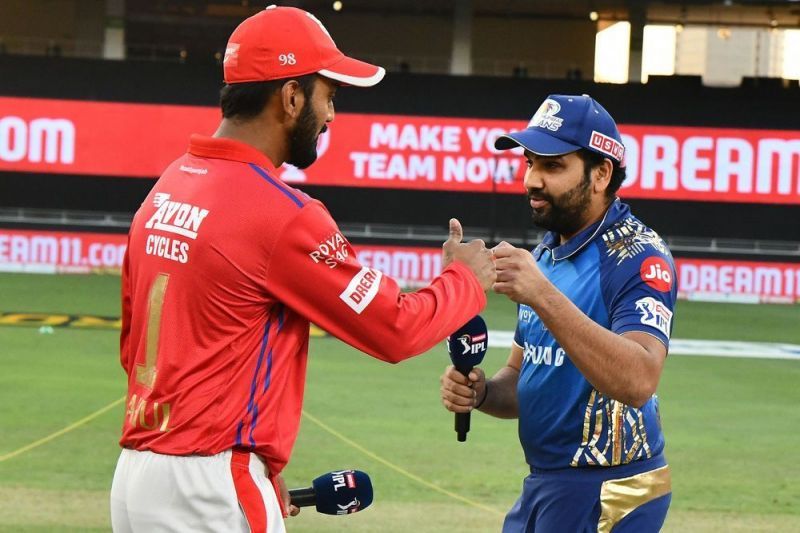
IPL 2020: super-overs, split points, or the alternative method - what's fair in determining the winner?
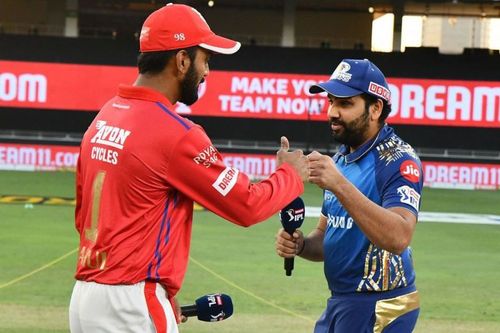
October 18 turned out to be Super-Over Sunday for cricket fans as both the nail-biting matches of the Indian Premier League ended in a tie.
There were some breathtaking performances from the players from all the four participating teams, especially from pace bowlers like Lockie Ferguson and Jasprit Bumrah who flipped the game by taking wickets at crucial junctures.
Both the bowlers performed well during the super-overs. They conceded two and five runs respectively. KKR chased down the target easily, but a super over from Kings XI Punjab’s, Mohammed Shami resulted in a second tie; more super overs followed. Punjab finally won the game by chasing down the target of 12 runs with two balls to spare
There has been a surge in the number of tied matches. Teams that were at par with each other for the course of 40 overs are being judged based on a two-over contest. This brings us to an important question: Why can't the points be split equally between them just like in ODIs or Football?
Should the points be split equally among both the sides?
Cricket is a game that is dependent on the contribution of individual players from each team. On the other hand, in a super-over, the competition focuses primarily on four individuals from either side and this determines the fate of the game.
We have a good example of how individual performances won't matter much if they don't have enough support from the teammates (KL Rahul and Mayank Agarwal top batting charts, yet KXIP have struggled).
Now, let us have a look at these two scenarios:
• Consider team 'A' which has five bowlers with decent economy rates and concede 'X' runs in the allotted 20 overs. However, team 'B' has four bowlers who are good and one below-par bowler who collectively concedes 'X' runs to bring the match to a Super Over.
• The above criteria apply to the batsmen too. A team may play well during the whole innings while the other team struggles, but, their hitters may bail them out and help them reach the same total. In the super-over, the balance will naturally tilt in the favor of the latter.
In both cases, the result of a super-over is not a true reflection of how the teams stack up as a whole.
Further, if a team loses two super-overs, they get zero points even though they haven't lost a single game (Mumbai Indians in IPL 2020, New Zealand in World T20 2012 have dealt with the situation).
It's safe to say, that splitting the points seems to be the better option when a clear-cut winner can't be announced.
Below are the points tables for IPL 2020 up to Match 36:
(a) actual points table
(b) if the points were divided equally for drawn games.
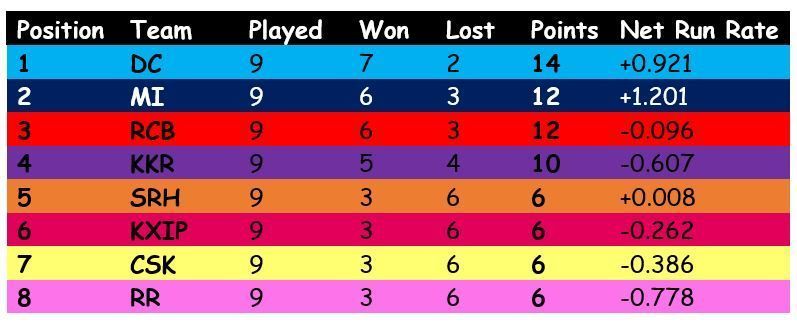
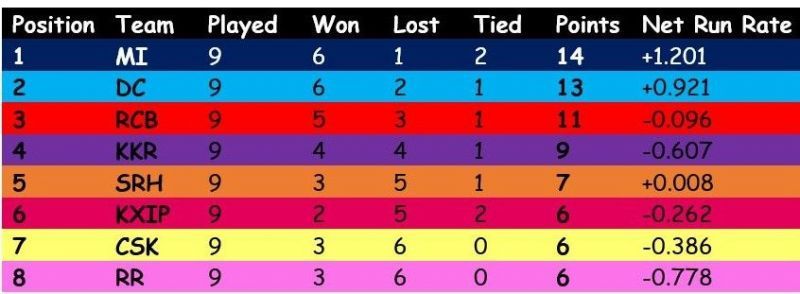
We can observe that Mumbai Indians and Royal Challengers Bangalore have equal points on the actual table, but would have been separated by three points had the points be shared. (Crucial for Top 2 finish)
Similarly, Kolkata Knight Riders and Sunrisers Hyderabad being separated by four points on the actual table would have had just a two-point difference had the points been split.
Alternative Method:
If the focus is on identifying a clear winner, there can be an alternative way of splitting the points which would be fair to both the teams.
The total points could be divided into two. Half of the points to be equally distributed among both teams (Here 1 point distributed among the teams as 0.5 points each) and the winner of the super-over bags the remaining half. (Here 1 point).
Thus, the split would be 1.5 and 0.5 which is a difference of 1 point rather than the current two-point difference. Here, both the goals announcing the winner and being fair to the teams can be achieved.
Below is the points table if this Alternative Method is applied.
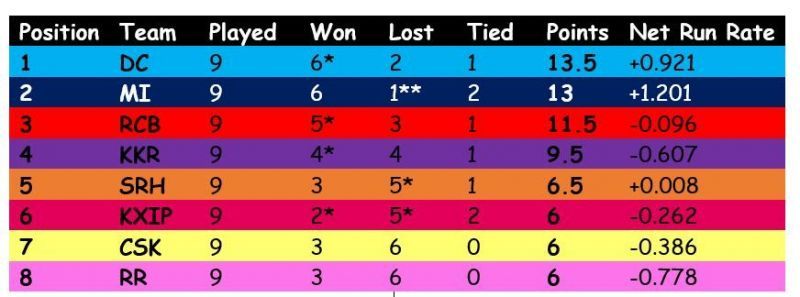
The gap between MI and RCB is 1.5 compared to zero in the original table while KKR and SRH are separated by three points rather than four in original table.
Will the points system be re-calibrated or will it continue to define winners? Only time will tell.